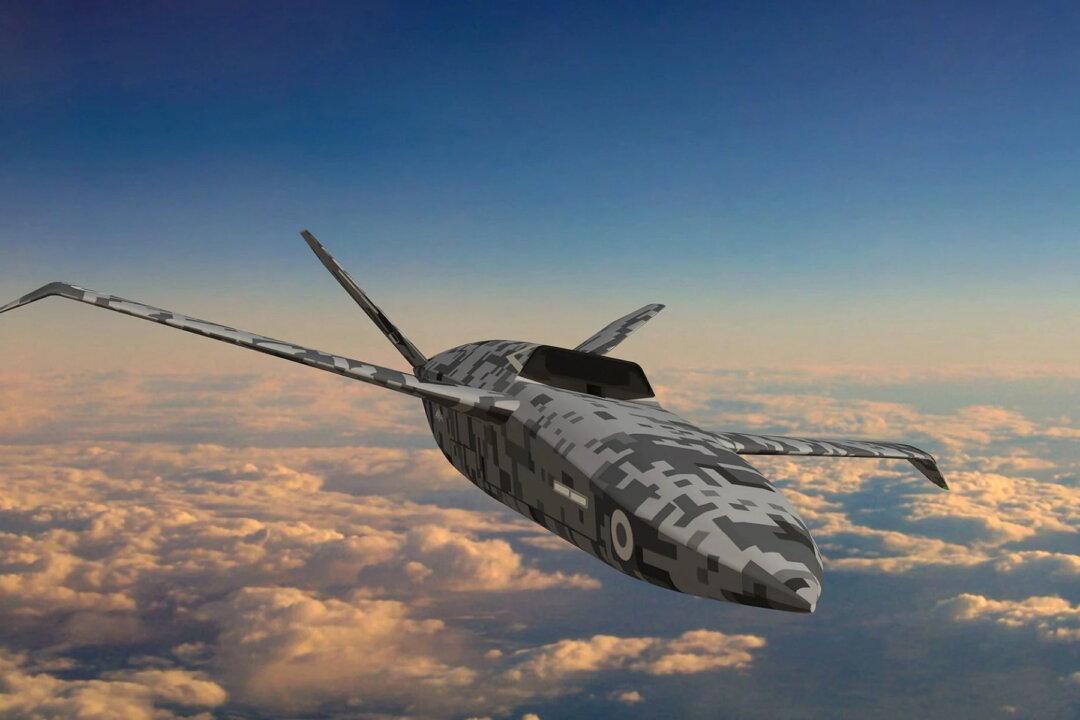The RAF has taken a step closer to joining the robot revolution in the skies, with the announcement it’s developing self-piloting fighter jets that will tag along as wingman to a human-piloted jet.
The “loyal wingman” concept is being rapidly developed and explored by militaries around the world.





